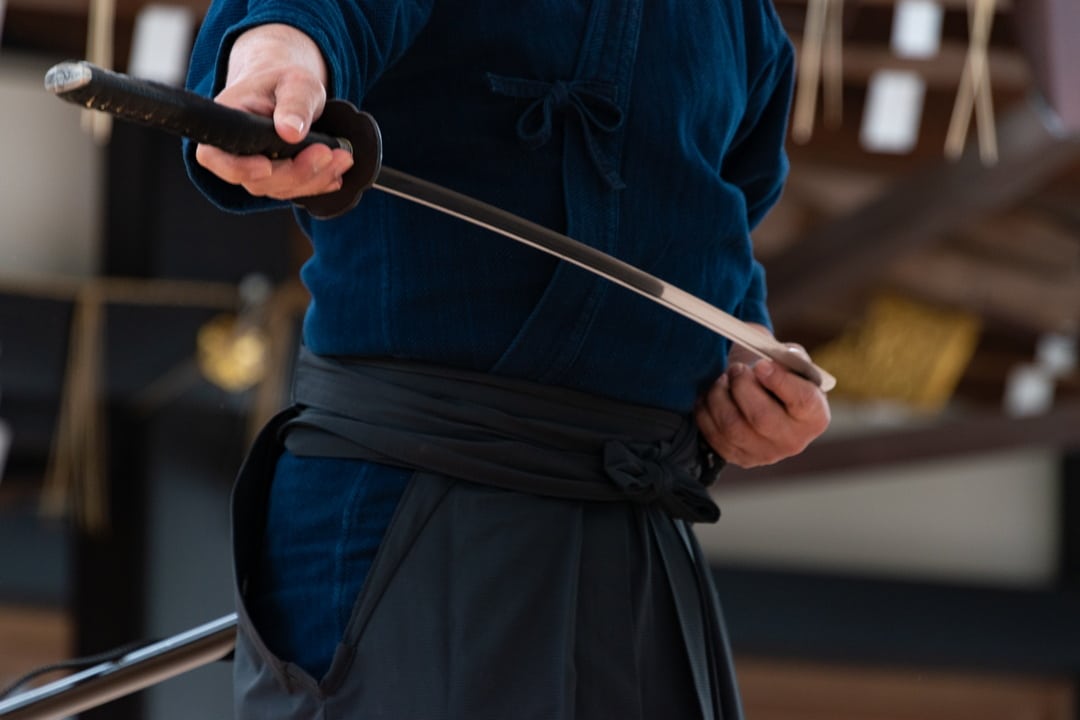In the realm of blades, none possesses the mystique and timeless allure quite like the Japanese katana. Crafted with a harmonious blend of artistry and functionality, the katana has transcended its role as a mere weapon to become a symbol of Japanese culture, tradition, and craftsmanship. Originating in the feudal era of Japan, the katana’s design and forging process have evolved over centuries, embodying the essence of the samurai code, Bushido. The katana’s enduring popularity can be attributed to its unparalleled sharpness, masterful craftsmanship, and the spiritual significance imbued in its creation. At the heart of the katana’s mystique is the intricate process of its forging, a tradition passed down through generations of skilled swordsmiths. The crafting of a katana involves a meticulous and labor-intensive method known as tamahagane. Swordsmiths carefully select iron sand, smelt it into steel, and then repeatedly fold and forge the metal to remove impurities and achieve a high level of purity.

This process not only contributes to the blade’s exceptional sharpness but also imparts a unique grain pattern, known as the hamon, visible along the edge of the blade. The hamon serves as a testament to the swordsmith’s skill, and no two katanas possess identical patterns, making each blade a one-of-a-kind work of art. Beyond its physical attributes, the katana carries profound cultural and spiritual significance. The samurai, Japan’s warrior class, considered their katana to be an extension of their soul. The forging of a katana was seen as a spiritual journey, and the finished blade was believed to embody the spirit of its creator. The katana was not merely a tool for combat; it was a symbol of honor, loyalty, and the pursuit of perfection. The reverence for the katana is deeply rooted in Japanese history and continues to captivate enthusiasts worldwide.
The katana enduring popularity extends beyond its historical and cultural significance; its design and functionality have influenced modern sword-making and martial arts. The iconic curvature of the blade, the two-handed grip, and the balance between strength and flexibility have become benchmarks for sword enthusiasts and practitioners alike. Even in the 21st century, martial artists, collectors, and craftsmen seek to replicate the katana’s perfection, ensuring that its legacy lives on. In conclusion, the Japanese katana stands as a testament to the enduring allure of masterful craftsmanship, cultural significance, and spiritual resonance. Its timeless appeal goes beyond being a mere weapon; it is a work of art that embodies the spirit of a bygone era. The katana’s legacy continues to captivate the imagination, making it a symbol of strength, honor, and the indomitable spirit of the samurai.
